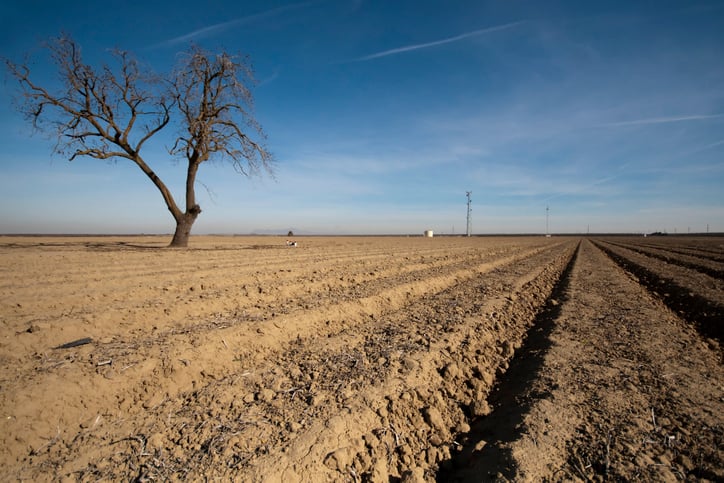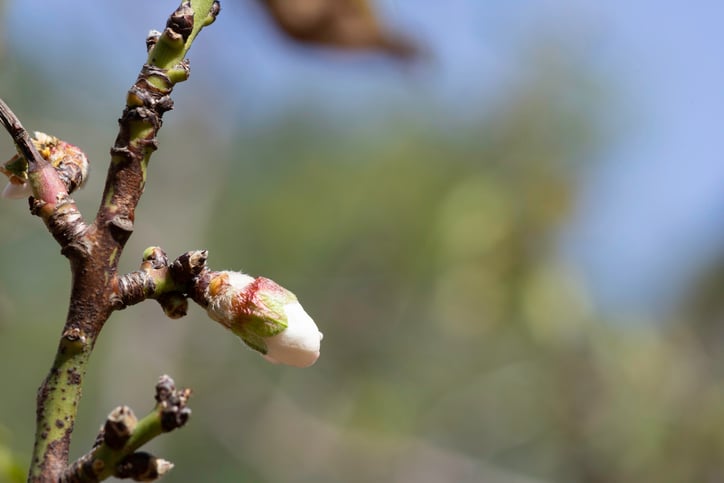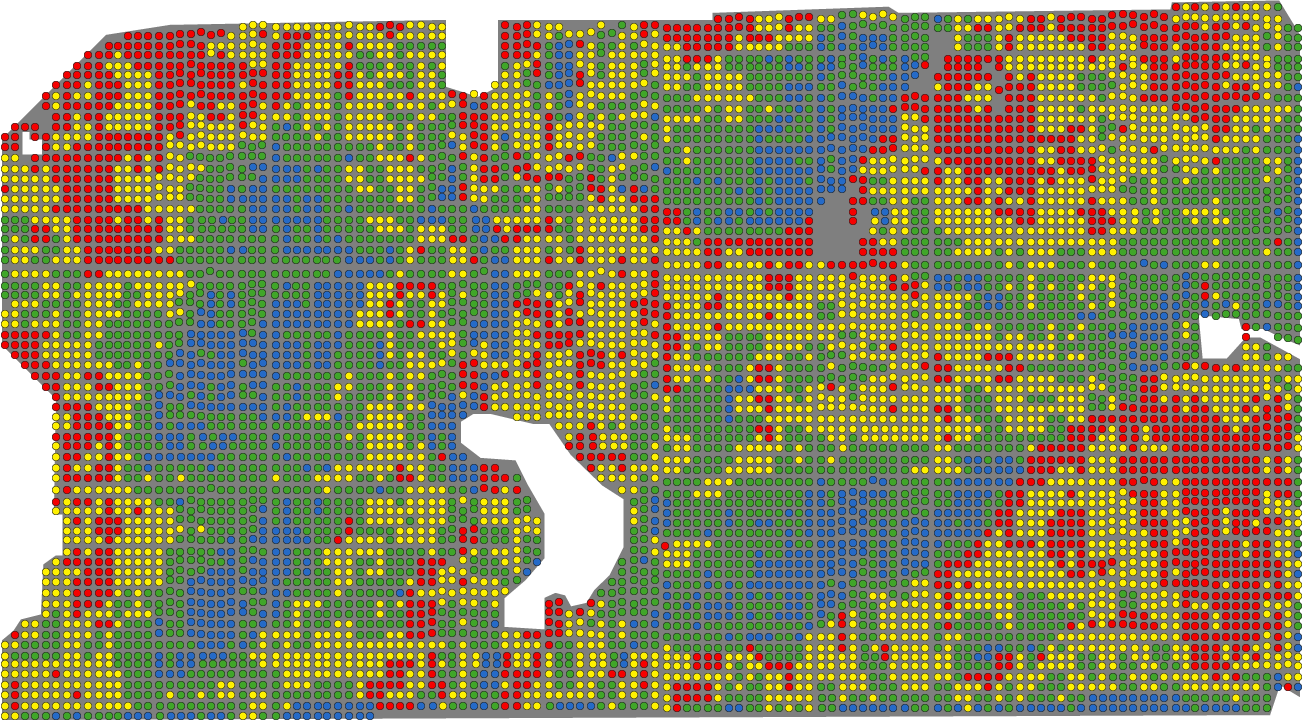Growers of high-value specialty crops should monitor soil moisture, atmospheric moisture, and the water inside their plants to optimize their irrigation scheduling, says Dr. Daniele Zaccaria, UC Davis agricultural water management specialist.
Zaccaria's research expertise is in agricultural water management and irrigation. He is a member of the Climate Sub Hub at UC Davis, which aims to help California farmers adapt to changing environmental changes.
Why moisture monitoring matters
“Monitoring water status is something clearly needed ... when the value not only comes from the yield but the quality of the crop," Zaccaria says.
Accurate moisture monitoring is especially important for specialty crop growers now, as most regions in western states are currently experiencing extreme and even exceptional drought conditions. In addition, much of the U.S. West has been experiencing extreme and even record-breaking high temperatures this growing season.

Drought means some crops are going unplanted—and that monitoring soil, atmospheric, and plant water is critical for those that remain.
“The higher the value generated by the crop, the more accurate the irrigation scheduling should be,” Zaccaria says. “For two reasons: you can drive your crop toward specific quality and yield targets with your water management, but also [because of] pumping.”
“In California, almost everything is irrigated with pressurized irrigation. I don’t think everyone realizes that the highest cost for watering a crop is not the water itself. It’s energy. By monitoring water status into the soil and at the crop level, you really can optimize the water application in order to minimize the cost.”
Closely monitoring irrigation systems can provide insights that lead to significant gains in crop yield, crop quality, and energy savings. Growers may find cause to consider a range of strategic choices, Zaccaria says, from irrigating at night, irrigating according to the best time of use for the crop, or modifying the design of a micro-irrigation system to apply more water in a shorter time, if the soil allows.
Right time, right amount
Zaccaria advises growers to use moisture monitoring tools to help them know when to start irrigating in season—a decision he says is critical to a successful growing season.
“You don’t want to end up with a water deficit for a growing crop."

Moisture monitoring can help growers achieve optimal irrigation timing during key stages of growth.
Moisture monitoring also helps growers anticipate and respond to key growth stages when crops need more (or less) access to water, such as during bloom or fruit set. And moisture monitoring allows growers to track what happens during and after an irrigation event to see if enough water has infiltrated and to what extent. That information can then be used to time the next irrigation cycle based on the crop and stage of growth, Zaccaria says.
Though in a drought year the risks of over-watering may not be top of mind, Zaccaria points out that moisture monitoring can also help growers avoid excessive irrigation. Some farms, such as those with steep topography or on marginal lands with poor drainage, are especially vulnerable. In these situations, moisture monitoring can help growers prevent over-watering and crop death due to hypoxia.
Atmospheric and plant moisture levels
Rather than relying solely on soil moisture probes, growers should also consider the rate of evapotranspiration (ET) in their crop and, ideally, measure the amount of water in the plant itself, Zaccaria says.
“Soil moisture is one component, but what happens outside the plant in terms of atmospheric water demand is also integrated and felt by the plant.”
Growers can use weather data to estimate crop ET via systems like the California Irrigation Management Information System (CIMIS) or on-farm weather stations. Some advanced growers use a new forecasting system called “FRET” (Experimental Forecast Reference EvapoTranspiration), which gives them forecasted ET rates seven days ahead. Especially for growers dependent on water districts, this can help them schedule precisely how much water they will need to support their crop growth in the upcoming week, Zaccaria says.
“They can anticipate what is going to be next week’s water demand, then schedule irrigation [accordingly],” Zaccaria says. However, growers will still need to consider site-specific conditions.
That’s where measuring leaf and stem water potential comes into play. These methods allow growers to track the level and tension of the water into the plant tissues and irrigate when the plant meets a certain threshold. Combined with soil moisture monitoring and ET rates, it can accurately target optimum irrigation scheduling for “quality and quantity of production,” Zaccaria says.
“It’s like measuring a person’s blood pressure of the body and then seeing how the different individual integrates what happens around them and the level of nutrition and metabolic processes.”
Unfortunately, practical options for assessing stem and leaf water potential are still limited for growers, Zaccaria says. Accurately obtaining measurements and completing calculations calculating can be difficult—and labor intensive.

Ceres Imaging's Water Stress Index offers an efficient and precise alternative to evaluating crop water status.
Bottom line, Zaccaria says, it is well worth their time for high-value crop growers to choose and deploy at least some method, or combination of methods, to monitor moisture specific to their needs. There are many resources for help. Extension specialists like himself, irrigation consultants, or companies providing irrigation and moisture monitoring services can advise growers on developing a system.
“Just choosing one [moisture monitoring strategy] is better than going in blind,” Zaccaria says. “In a year like this, you really need to factor everything in and optimize the resources you have available in order to come up with viable production.”
